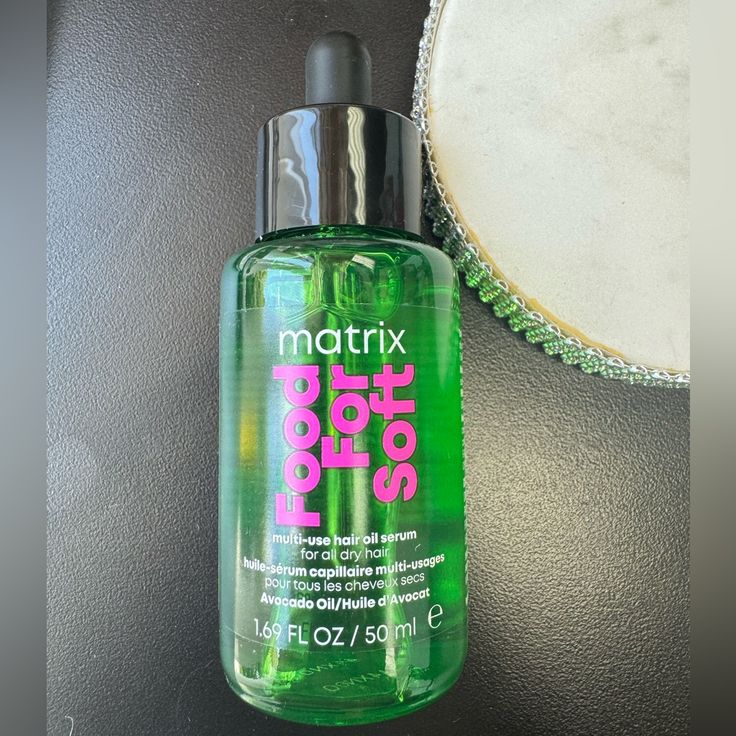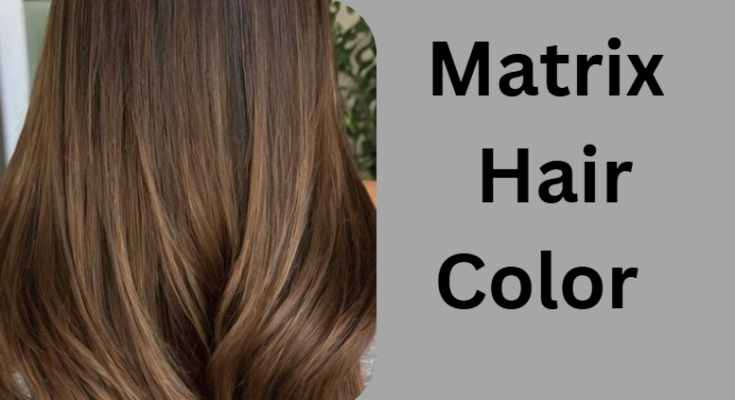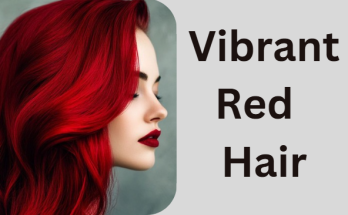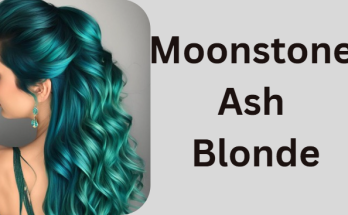The Ultimate Guide to Hair Color Terminology

When it comes to the world of hair color, a whole lexicon exists to explore and master. Ever wondered about the difference between sombré and ombré? Curious about the exact shade of rose gold hair or the true meaning of balayage? Understanding hair color terminology not only enriches your knowledge but also empowers you to communicate with your hairstylist effectively—making it more likely that you’ll walk out of the salon with the hair color you envisioned.
To help you become fluent in hair color jargon, here’s a comprehensive glossary compiled by the experts at Matrix, featuring 41 commonly used hair color terms and techniques.
Hair Color Terms and Their Meanings
Ammonia
A chemical agent that helps deposit hair color molecules into the hair shaft by opening the cuticle.
Babylights
Delicate highlights that mimic the sun-kissed, natural brightness often seen in children’s hair.
Balayage (Hair Painting)
Derived from the French word for “to sweep,” balayage is a freehand technique where hair color or lightener is applied with sweeping motions. This creates a soft, natural effect with added dimension.
Base Color
The foundational shade applied to the roots or all over the hair before additional techniques, such as highlights, are introduced.
Bleach (Lightener)
Products like powders, creams, gels, or oils that lighten hair by dispersing color molecules when mixed with a developer.
Bronde
A blend of brunette and blonde shades, ideal for those who want a lighter look without fully transitioning to blonde.

Buttery Blonde
A warm, golden blonde shade with subtle yellow undertones.
Chocolate Mauve
A rich brunette base color accented with soft pink hues, often achieved through balayage.
Chunking
A highlighting method where thick, unblended sections of hair are lightened for a bold effect.
Contrast
Refers to the level of difference between highlights and the base color. High contrast creates a dramatic effect, while low contrast offers a more natural look.
Cool (Ash) Tones
Colors with blue, green, or violet undertones, such as platinum blonde, ash brown, or plum red.
Coverage
A measure of how effectively a hair color product conceals gray hair.
Demi-Permanent Color
A deposit-only formula requiring a developer, providing rich color without lightening natural hair.
Developer
Hydrogen peroxide combined with hair color or lightener to oxidize and allow color to penetrate the hair shaft.
Dimension
Refers to the visual depth and movement created by incorporating multiple tones into the hair.
Double Process
A two-step technique involving lightening the hair, followed by applying a second color or toner for the desired effect.
Flamboyage
A softer version of ombré that creates a natural blend between tones.
Foiling
A method where sections of hair are wrapped in foil before applying color or lightener to achieve precise highlights or lowlights.
Foilayage
A hybrid of balayage and foiling techniques for vibrant, controlled highlights with a natural look.
Full Highlights
Highlights applied throughout the hair, not just on the top layer.
Glaze
A semi-permanent formula used to enhance or adjust the tone of natural or color-treated hair.
Highlights
Lightened strands that contrast with the base color, creating dimension and brightness.
Jewel-Tone Hair
Vivid, bold hues inspired by gemstones, such as emerald green or amethyst purple.
Lift
The process of lightening hair color by breaking down natural pigments.
Lowlights
Darker sections added to hair to create depth and contrast, often two to three shades deeper than the base color.
Ombré
A style where hair transitions from darker roots to lighter ends, often with a visible gradient effect.
Oxidation
The chemical reaction between hair color and developer that allows color to penetrate the hair.
Pastel Trend
Light, muted shades like pink, lavender, or mint green, usually applied to pale blonde hair for maximum vibrancy.
Permanent Hair Color
A long-lasting formula that alters the structure of hair by embedding color molecules deep within the fiber.
Rebalancing
Restoring color harmony by using highlights, lowlights, or glazes to even out tones.
Rose Gold Hair
A trendy blend of warm pink and golden tones inspired by the metallic hue.
Semi-Permanent Color
A temporary formula that adds color without lightening hair, lasting 5-10 washes.
Single Process
A one-step color application to the entire head for a uniform result.
Sombré
A subtle version of ombré, with a softer gradient between dark roots and lighter ends.
Strawberry Blonde
A warm, reddish-blonde hue.
Temporary Hair Color
A washable formula that lasts only until the next shampoo.
Tone
The undertone of a color—warm (golden, copper), cool (ash, violet), or neutral.
Toner
A demi- or semi-permanent formula used to refine color and eliminate brassiness after lightening.
Tortoiseshell (Ecaille)
A blend of gold and chocolate tones for a soft, natural shift from dark roots to warm blonde ends.
Warm Tones
Colors with red, orange, or yellow undertones, like golden blonde or auburn brown.
Ready to Speak Hair Color Fluently?
Now that you’ve mastered these terms, you can confidently ask your stylist for a copper-red base with strawberry blonde highlights—and know exactly what it means!




